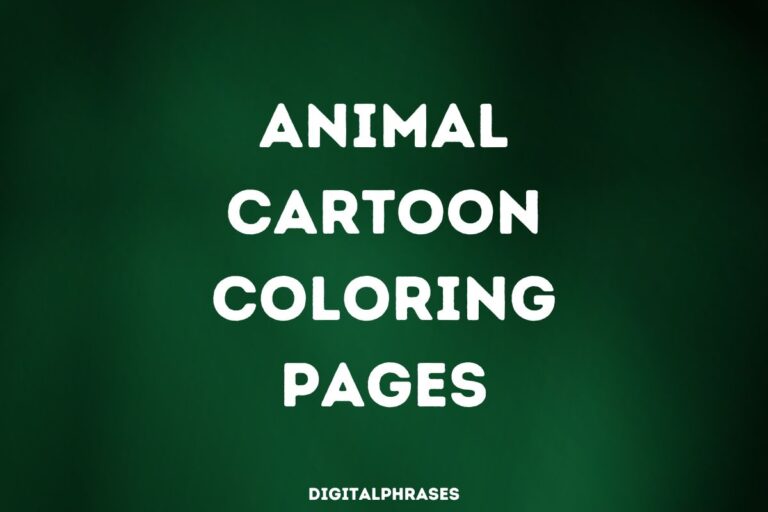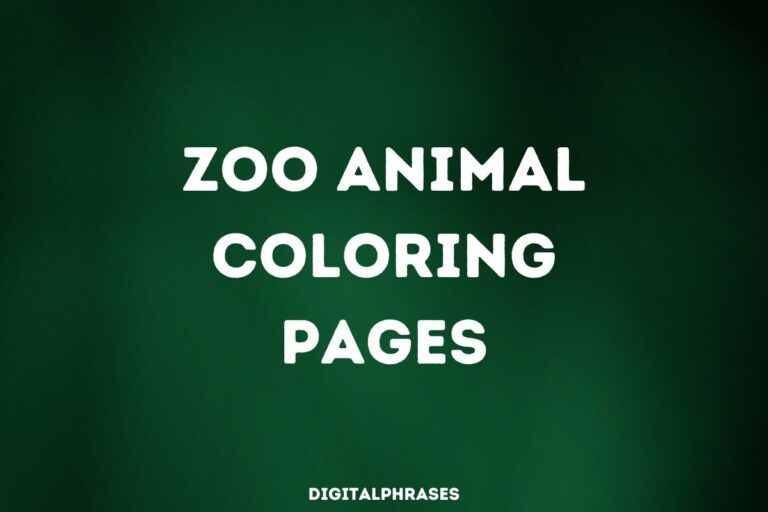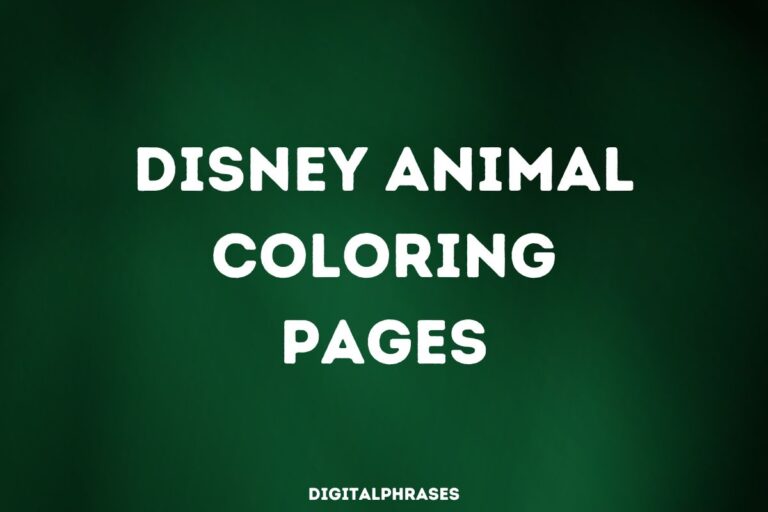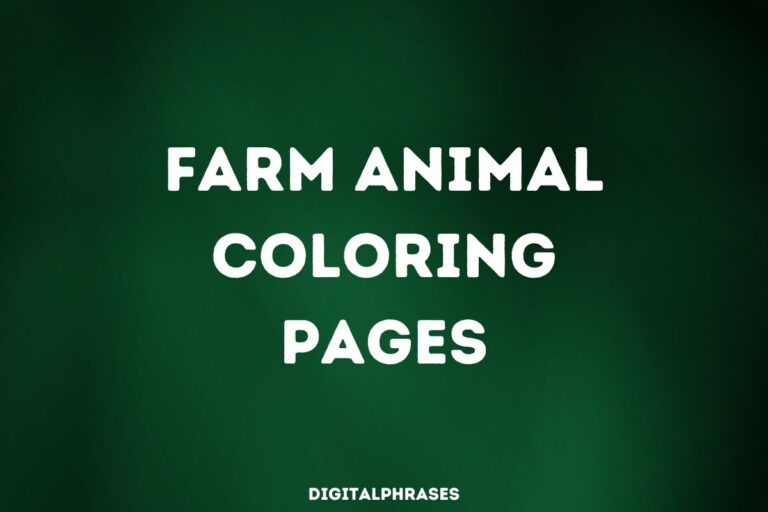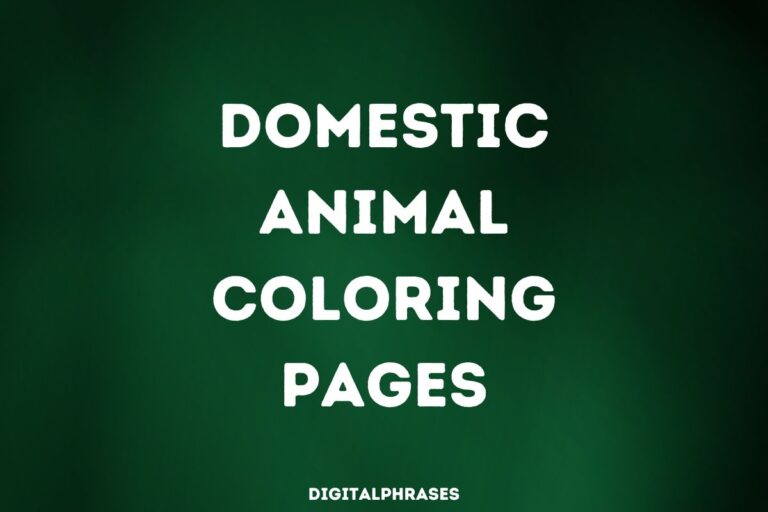43 Snail Coloring Pages With Free PDF Printables
Imagine a rainy afternoon, the kind where the world outside seems to slow down, and you’re looking for a way to unwind. The kids are restless, and you’re in need of a little mental escape too.
This is the perfect moment to pull out some snail coloring pages.
For the kids, these charming and simple designs will keep them engaged, allowing their creativity to flow as they bring these slow-moving creatures to life with vibrant colors.
Meanwhile, you can join in with more intricate snail patterns that offer a satisfying challenge, letting you lose yourself in the soothing rhythm of coloring.
So, ready for some family time, then?
Let’s go.
Snail Coloring Pages For Kids and Adults (With Free PDF Printables)
1
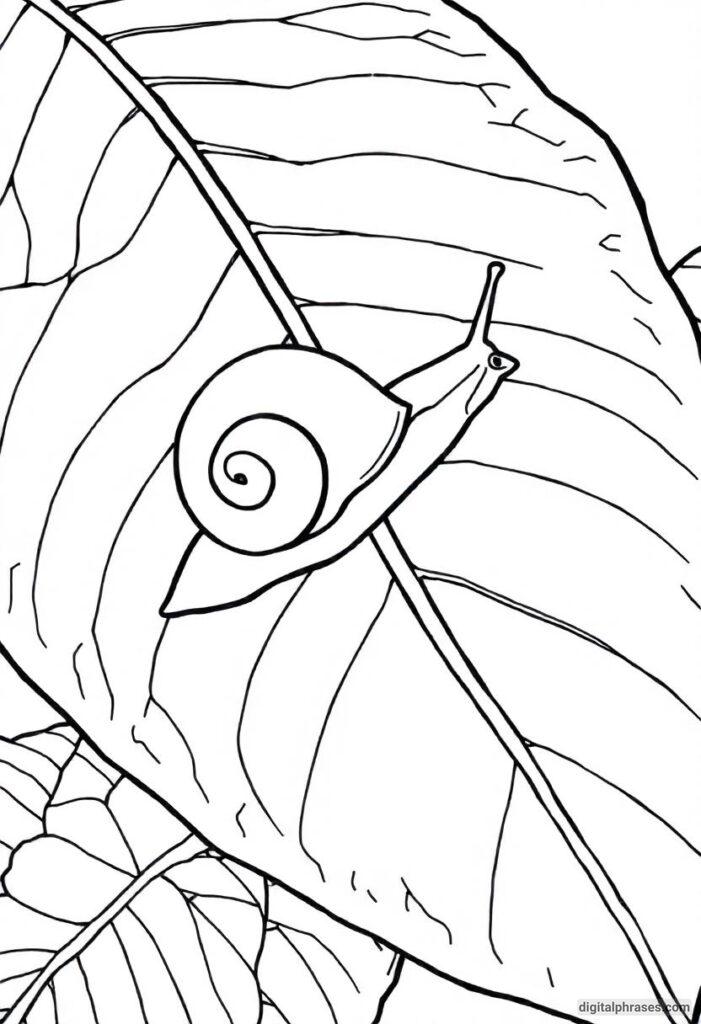
2

3
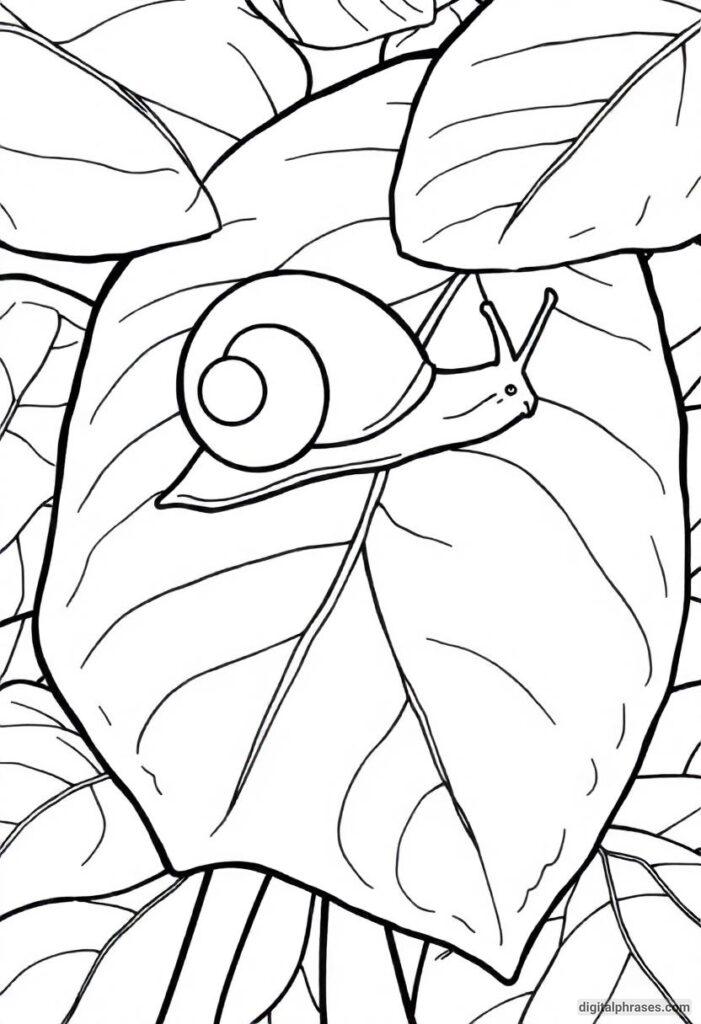
4
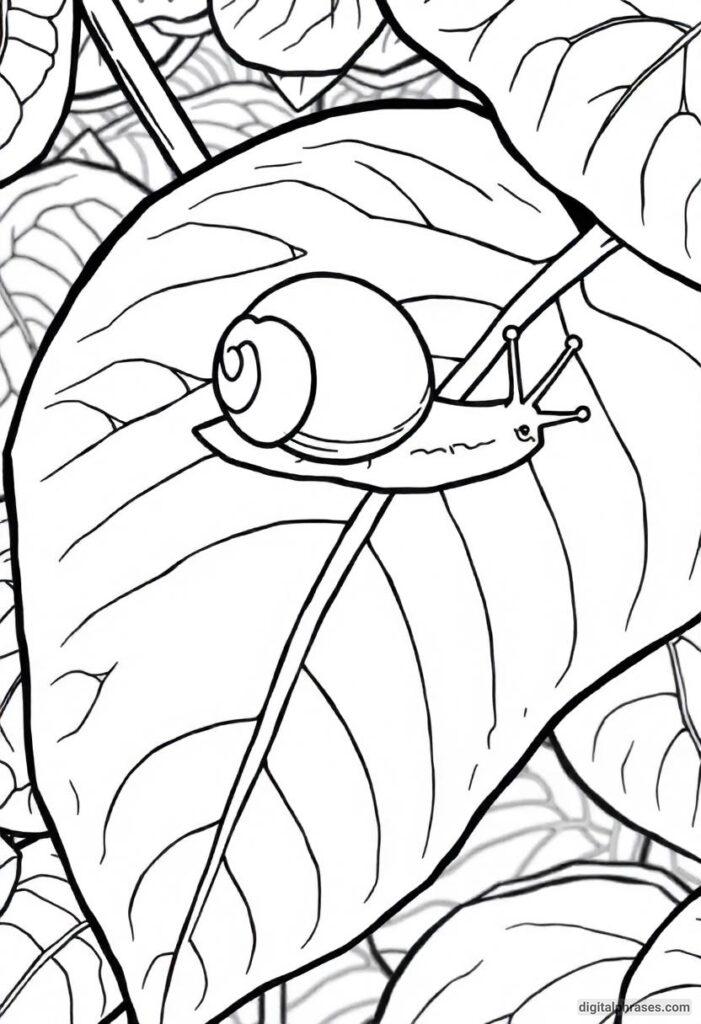
5

6
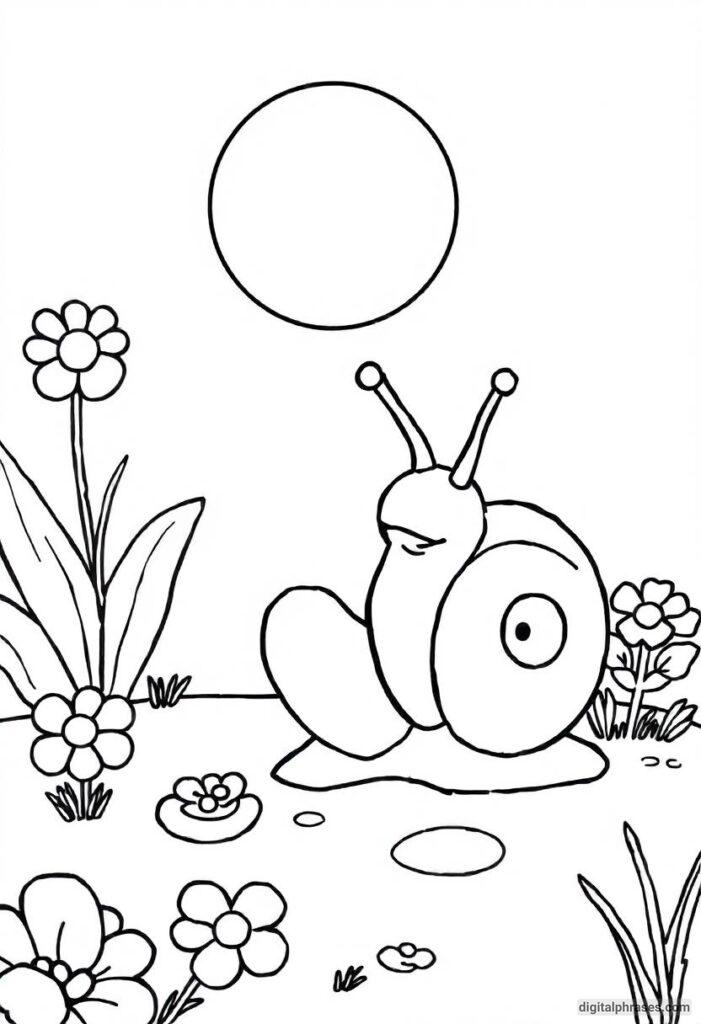
7
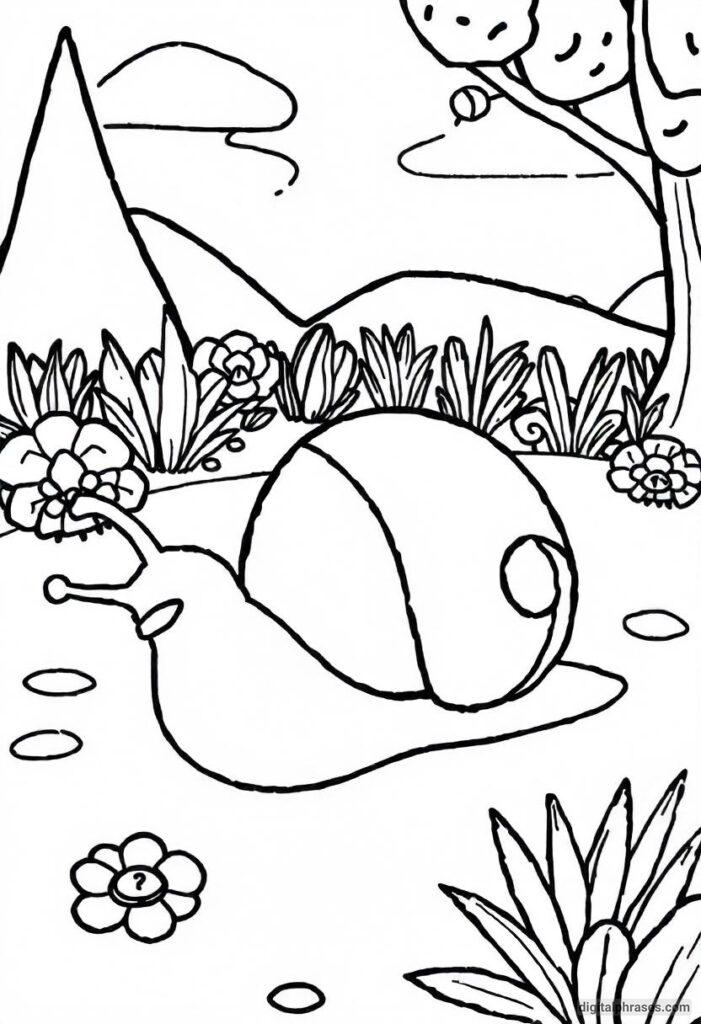
8

9
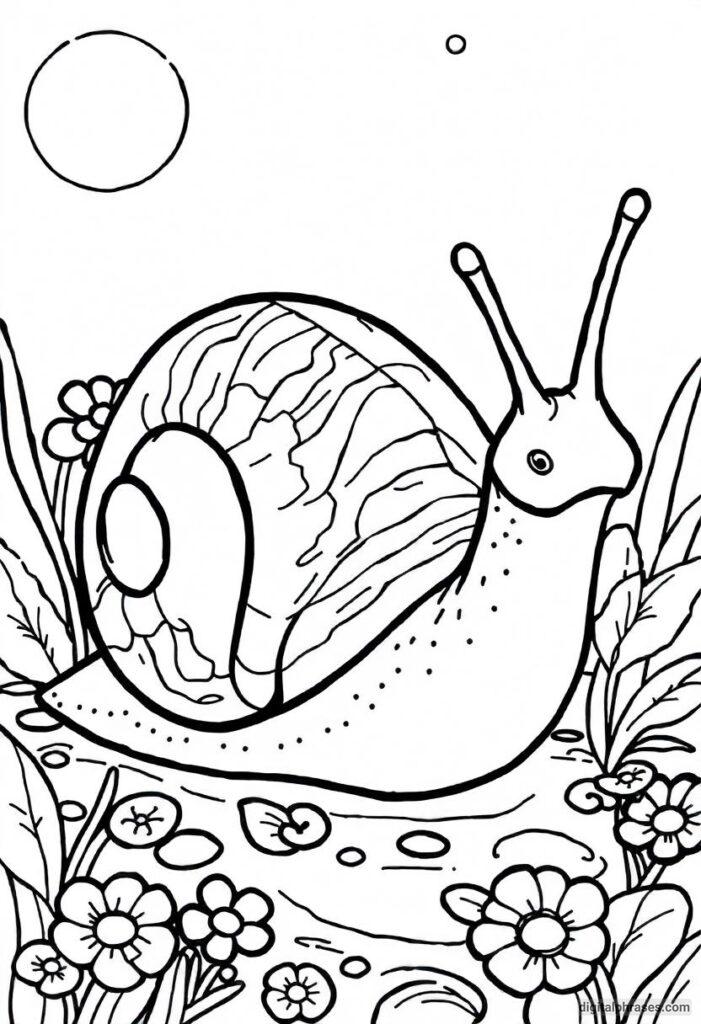
10
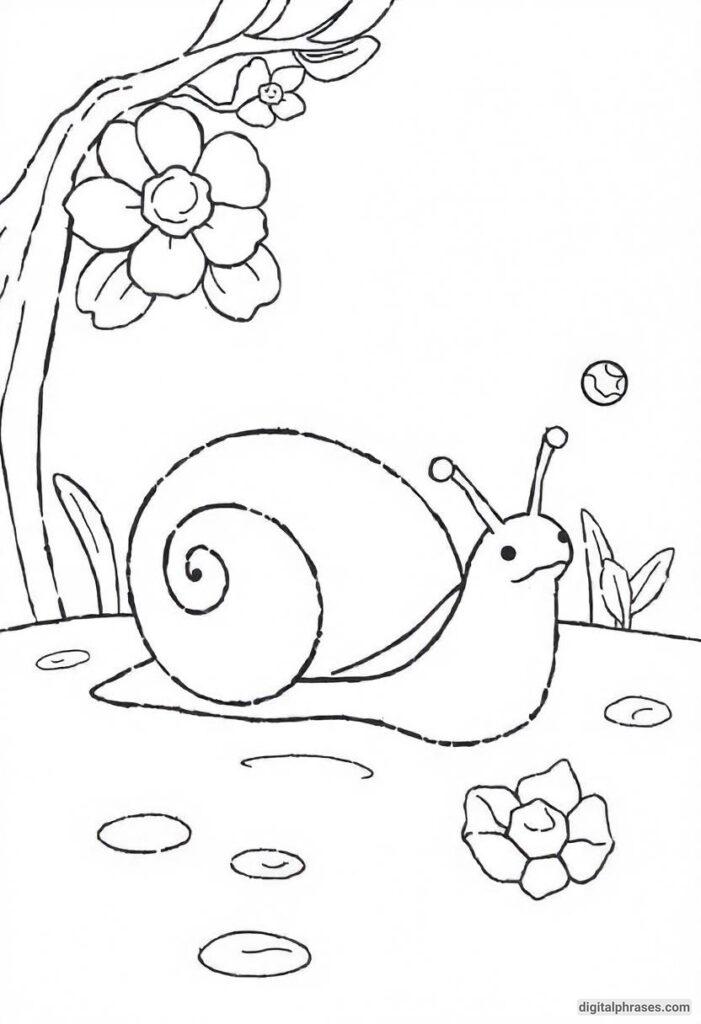
11

12
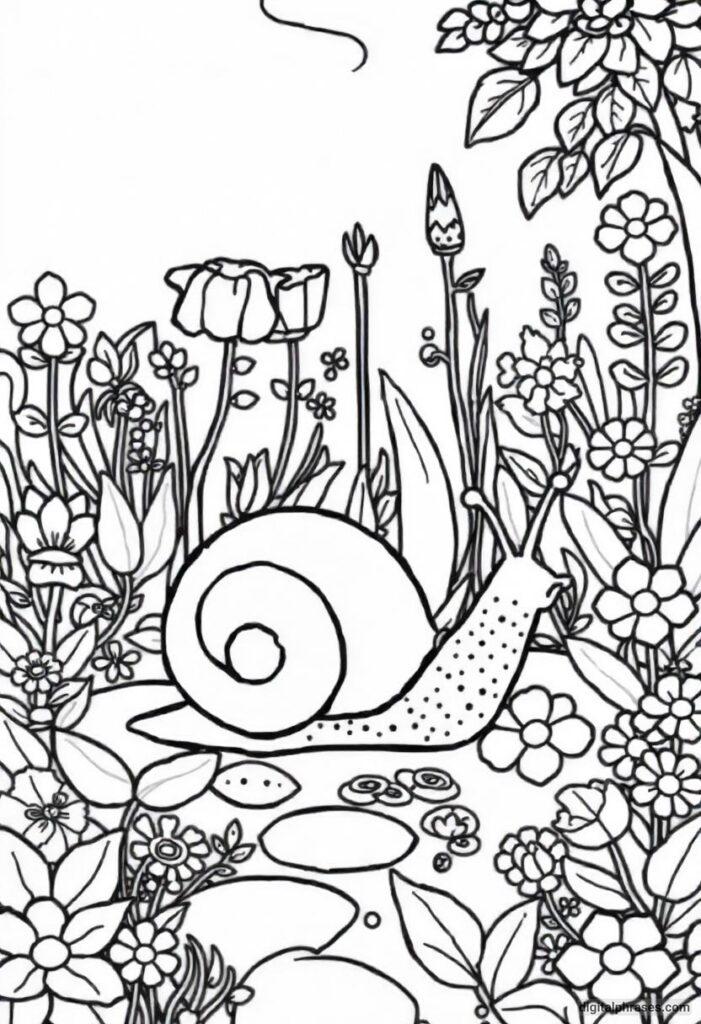
13
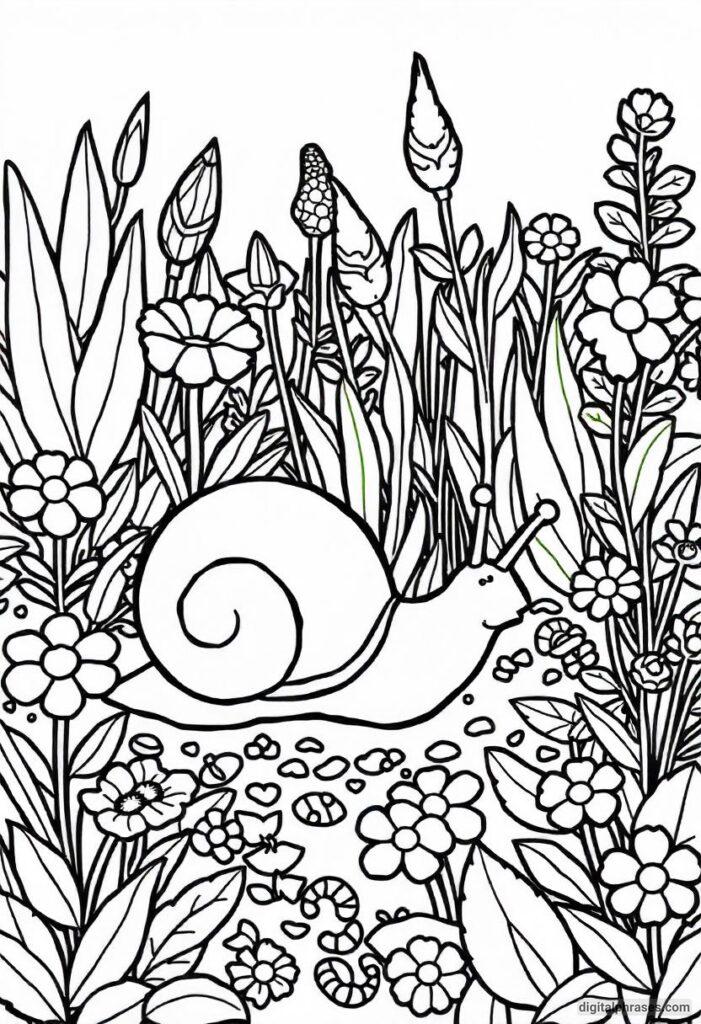
14

15

16
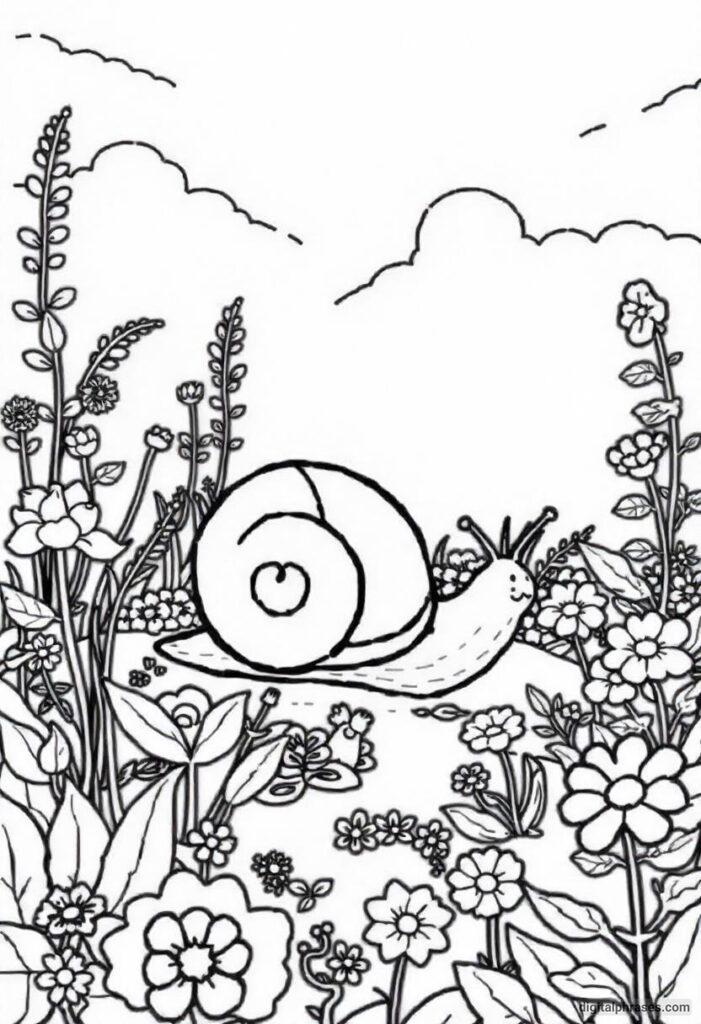
17
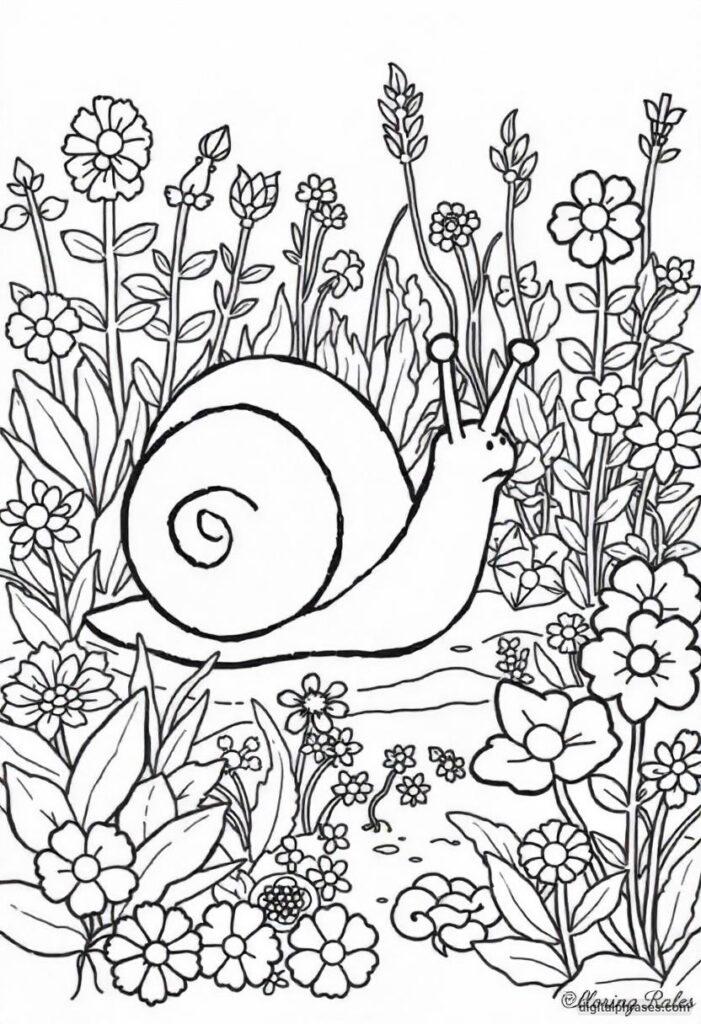
18
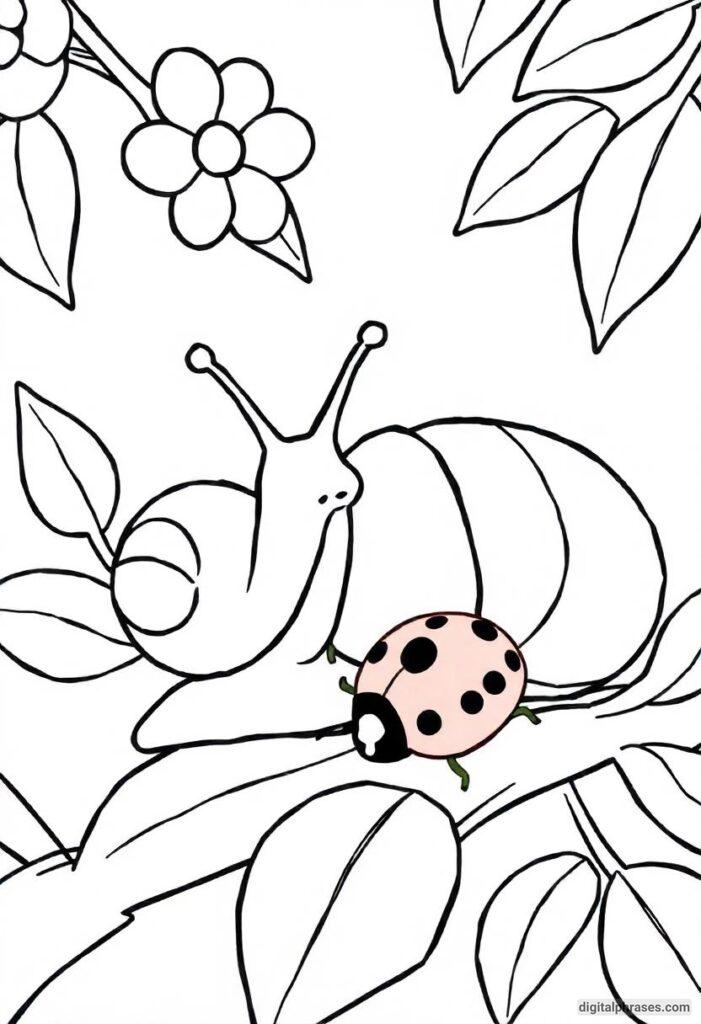
19

20
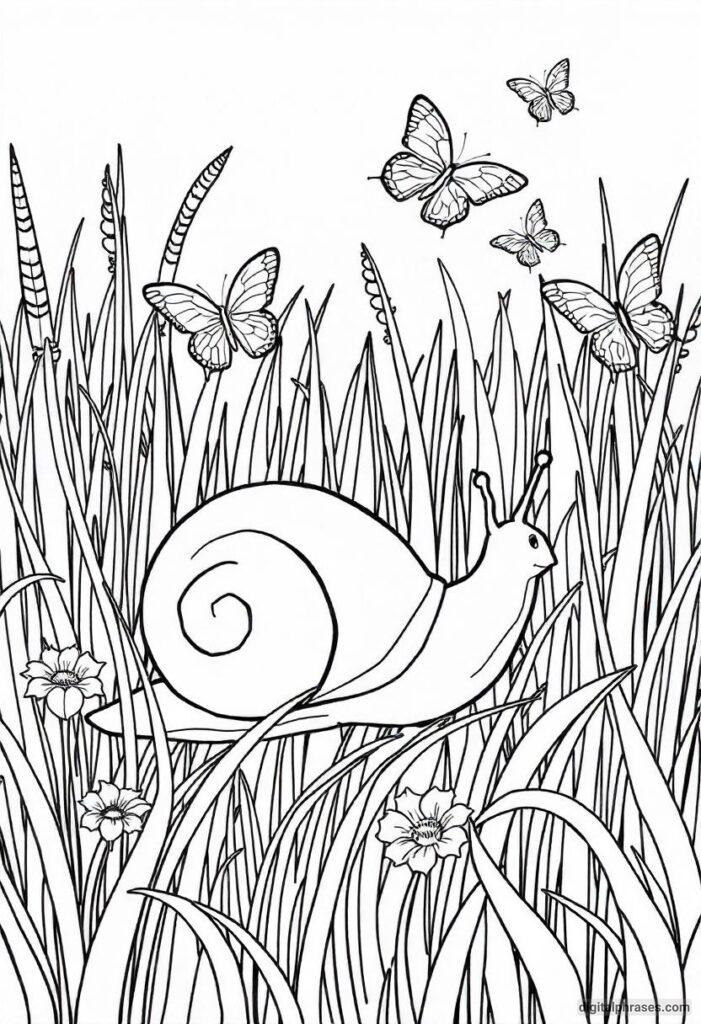
21

22
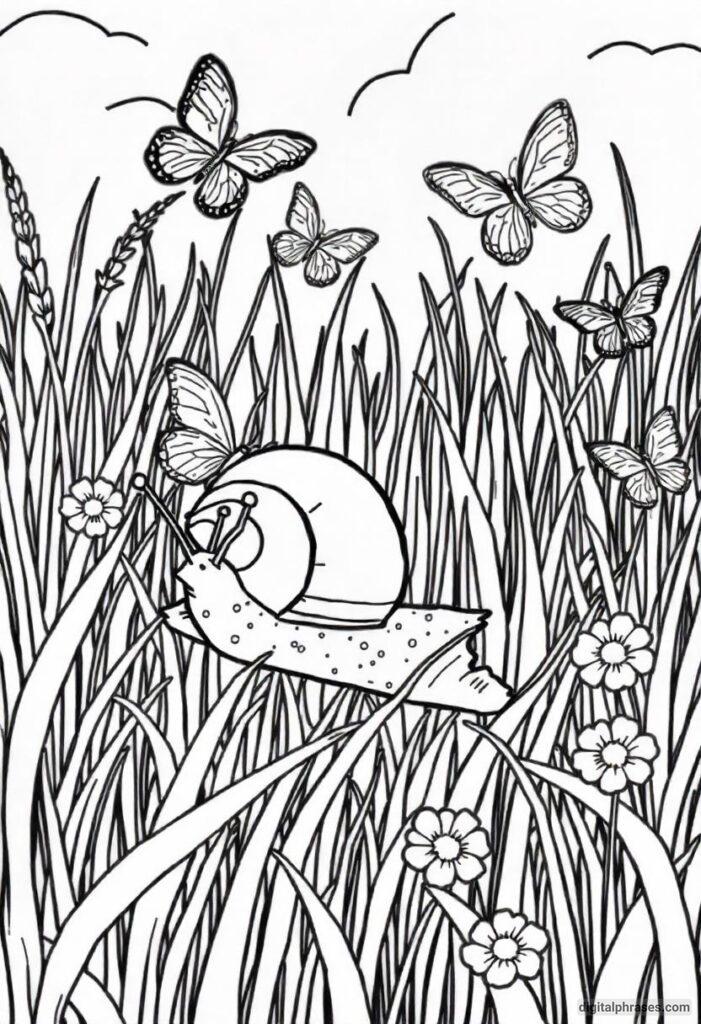
23
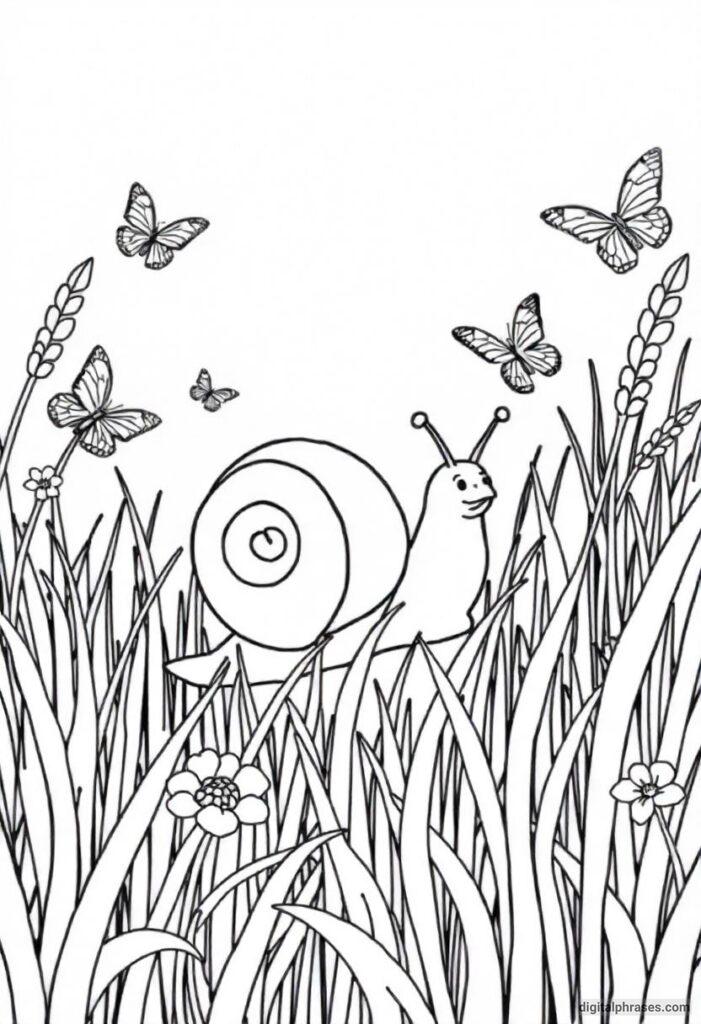
24
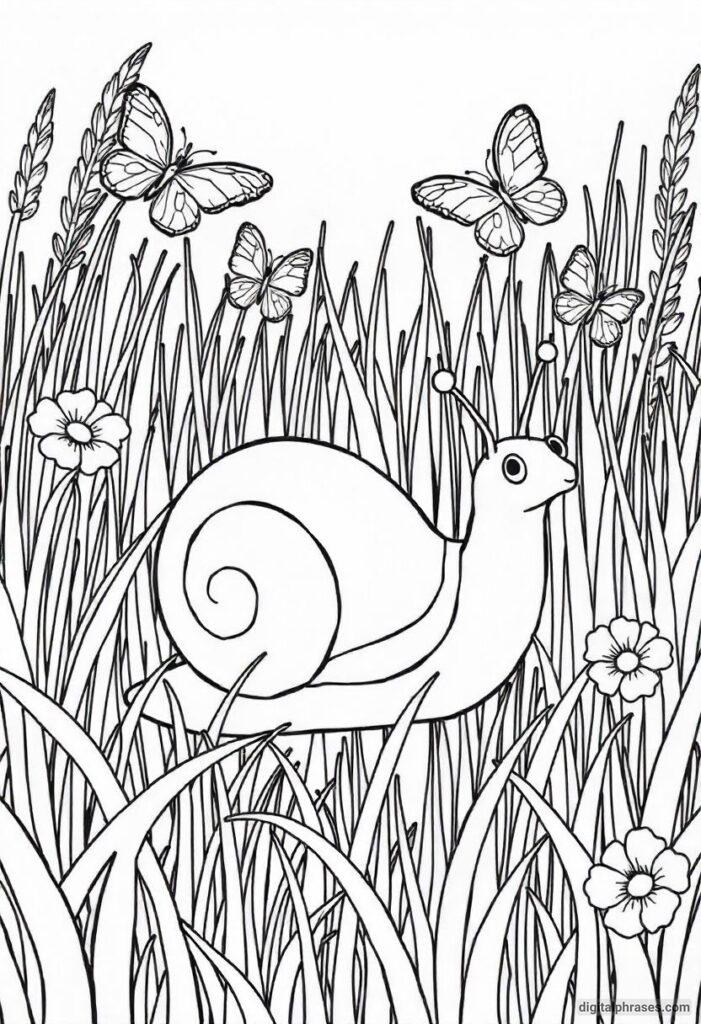
25
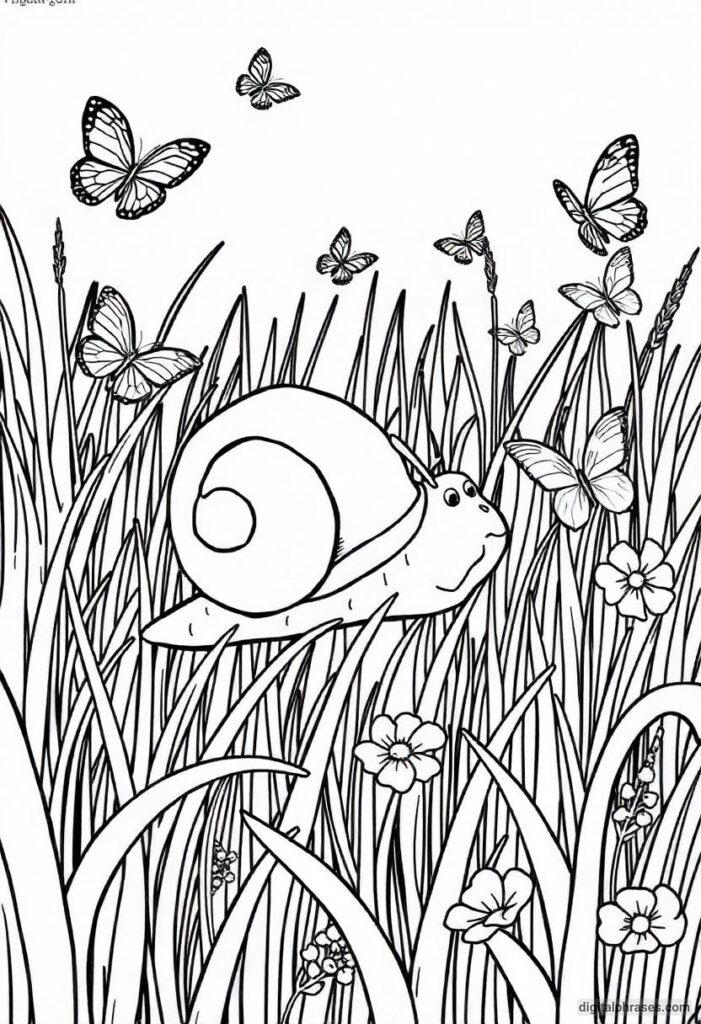
26
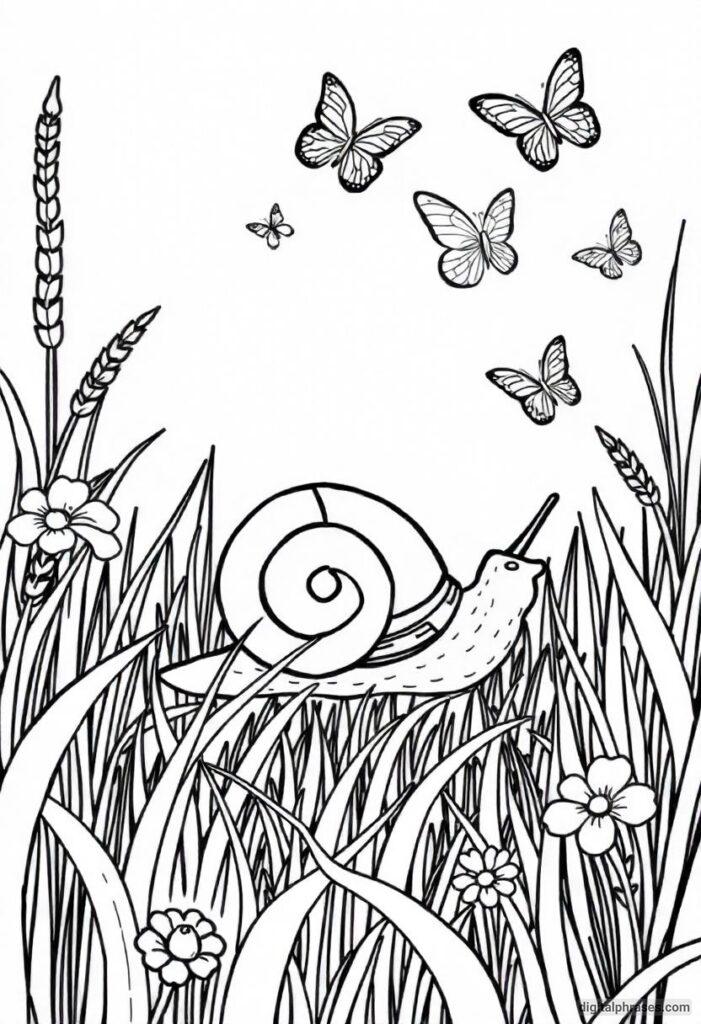
27
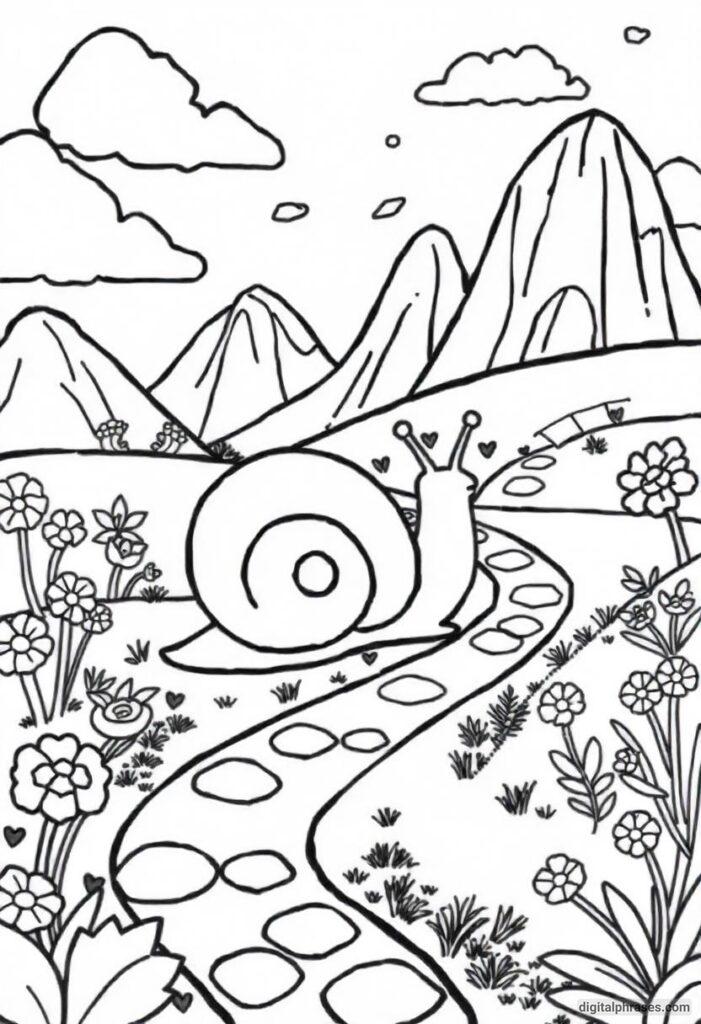
28

29
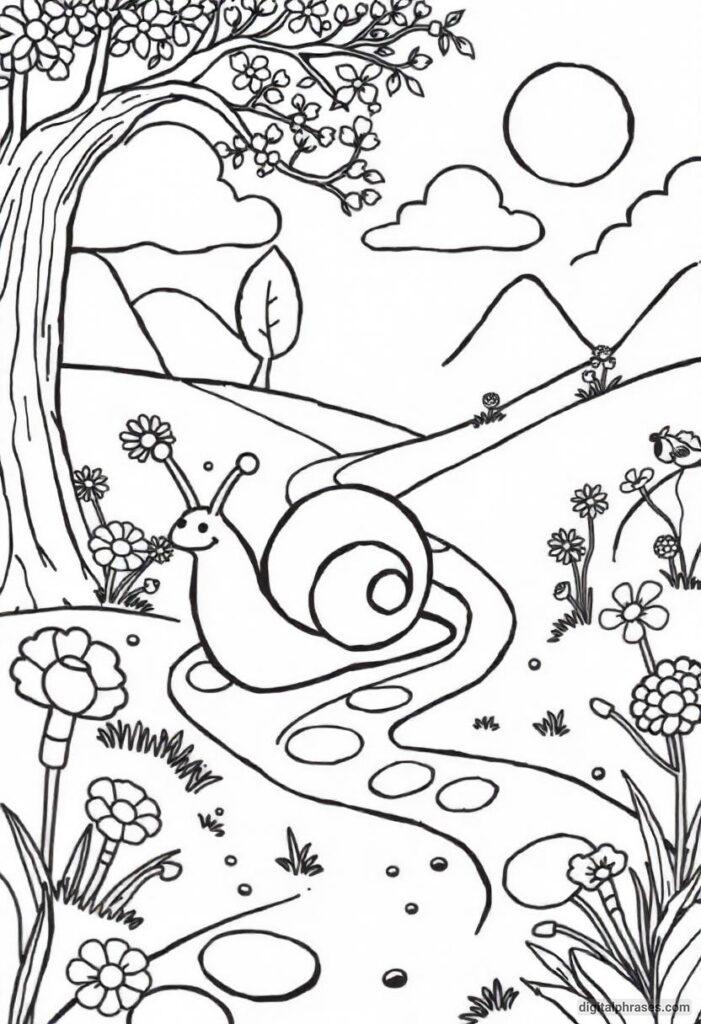
30
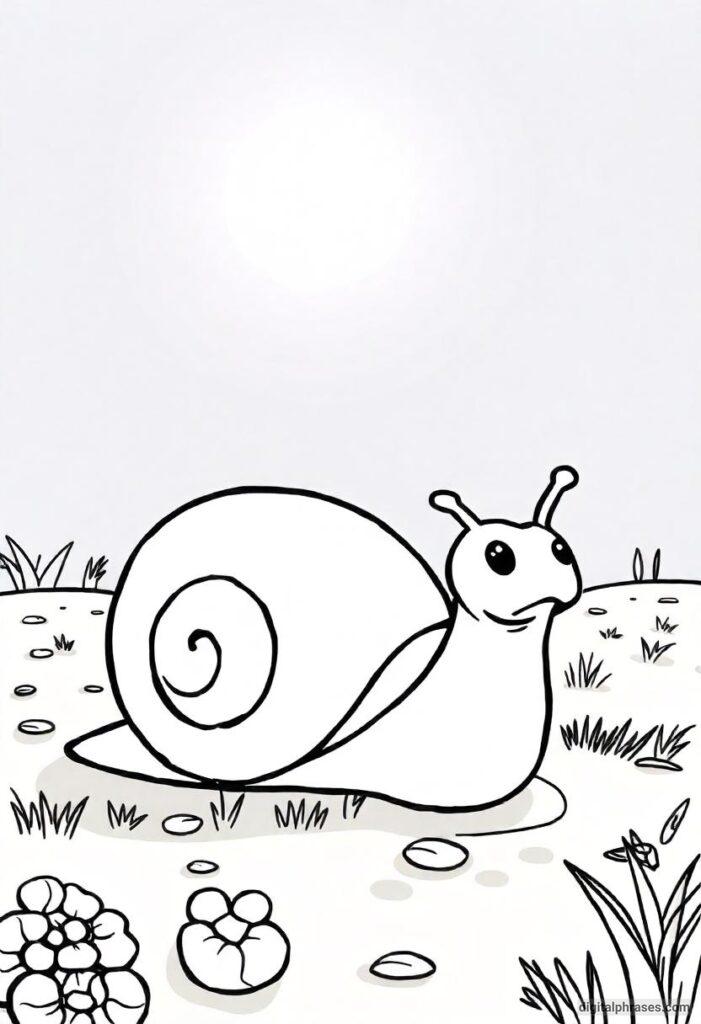
31

32
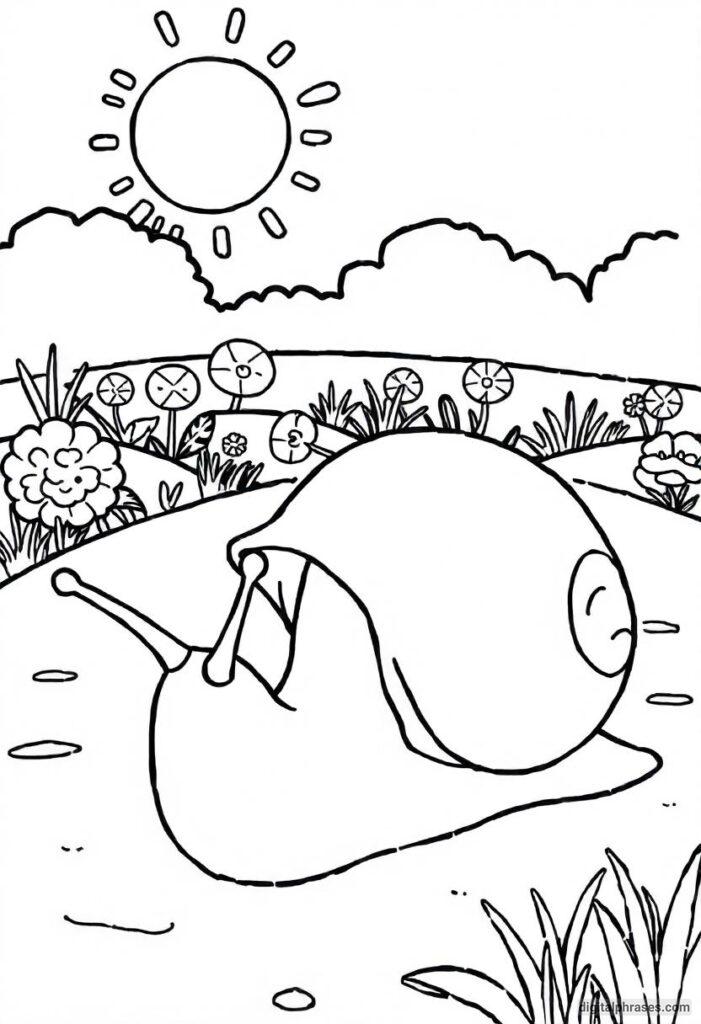
33
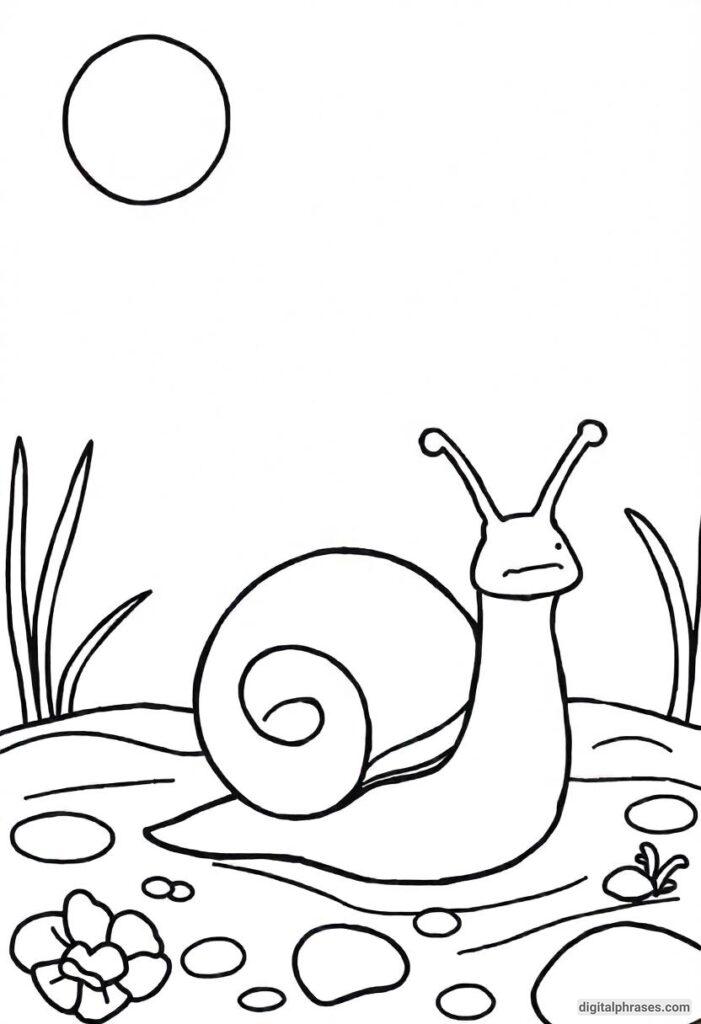
34
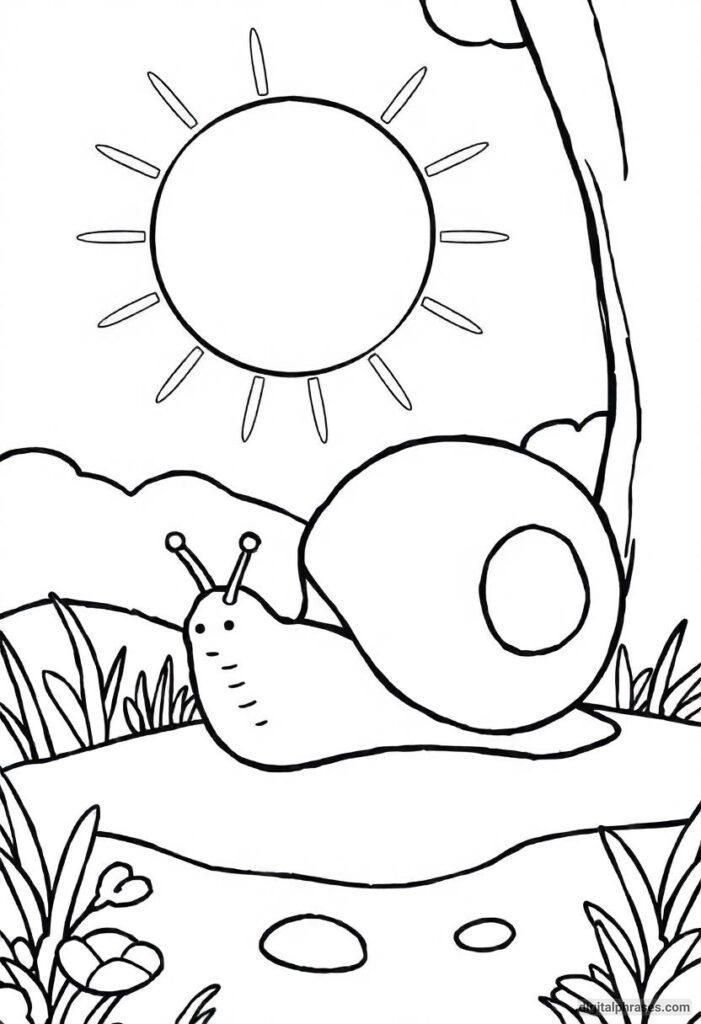
35
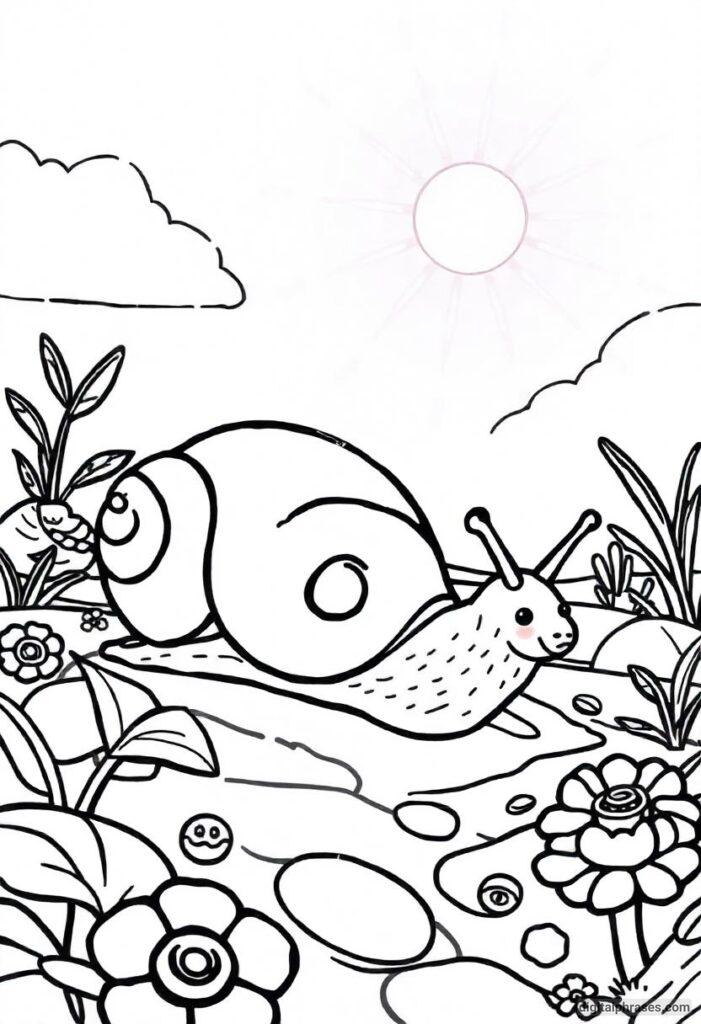
36
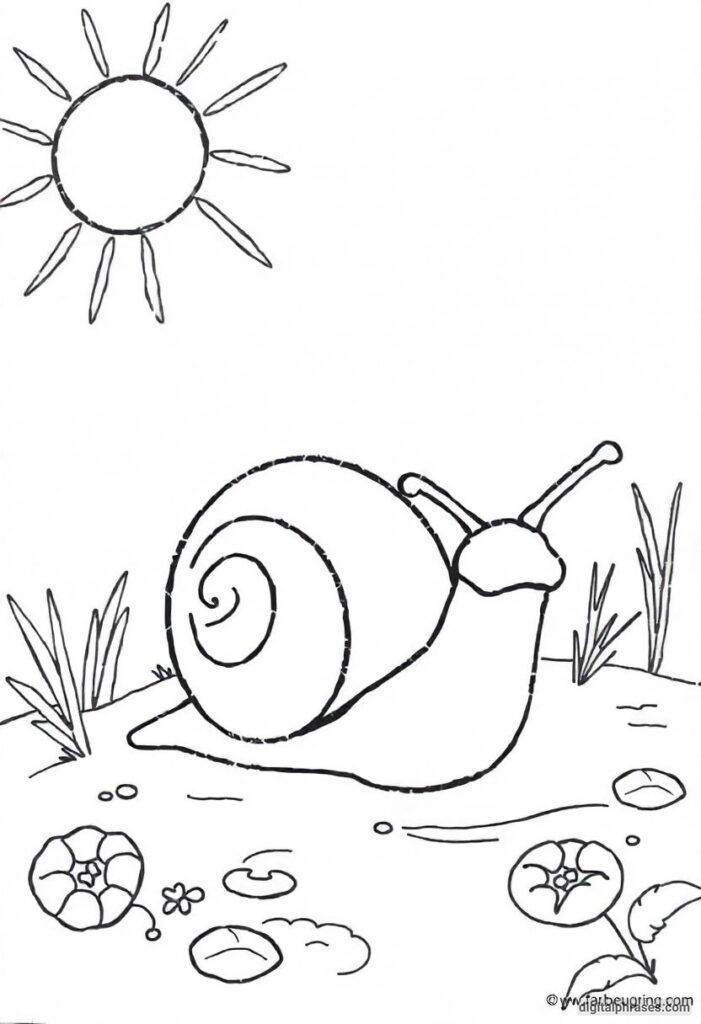
37
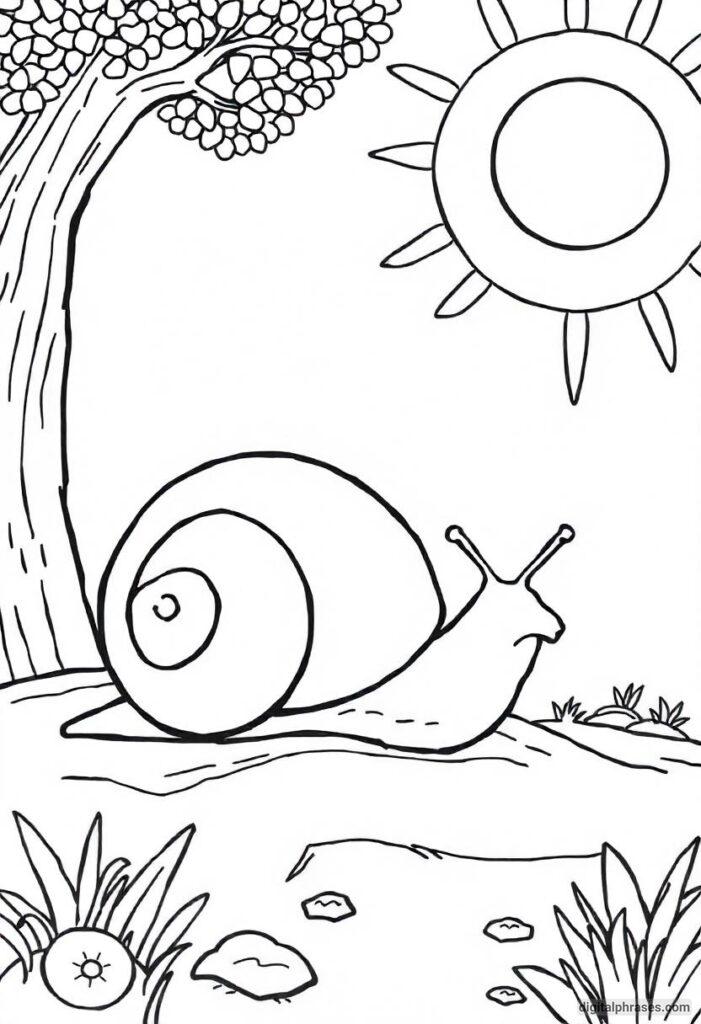
38
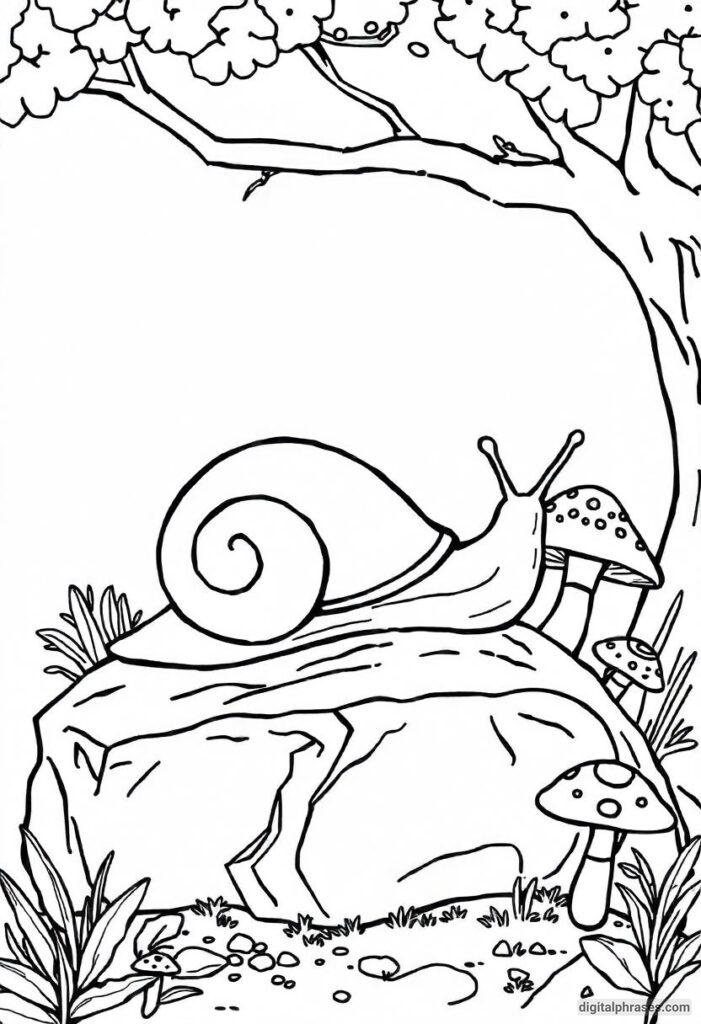
39
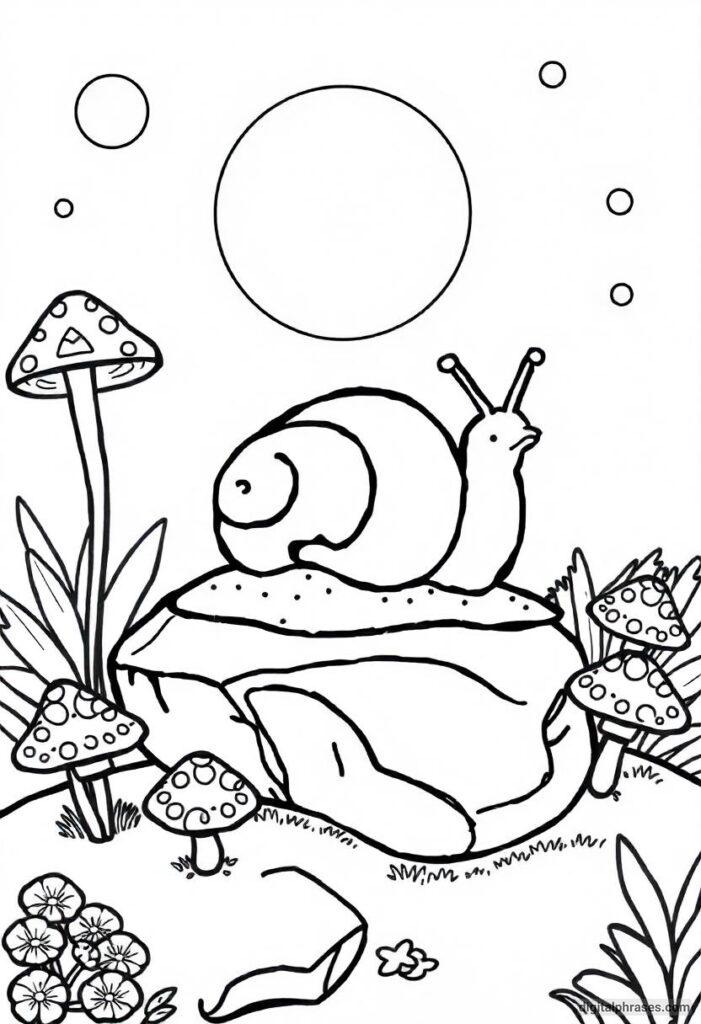
40
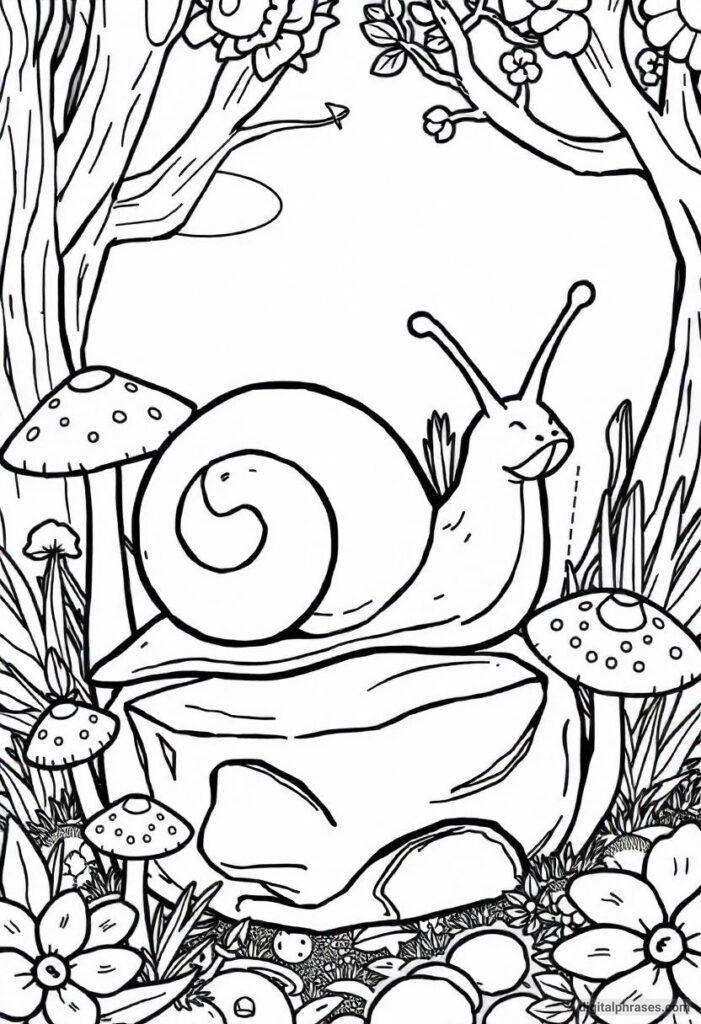
41
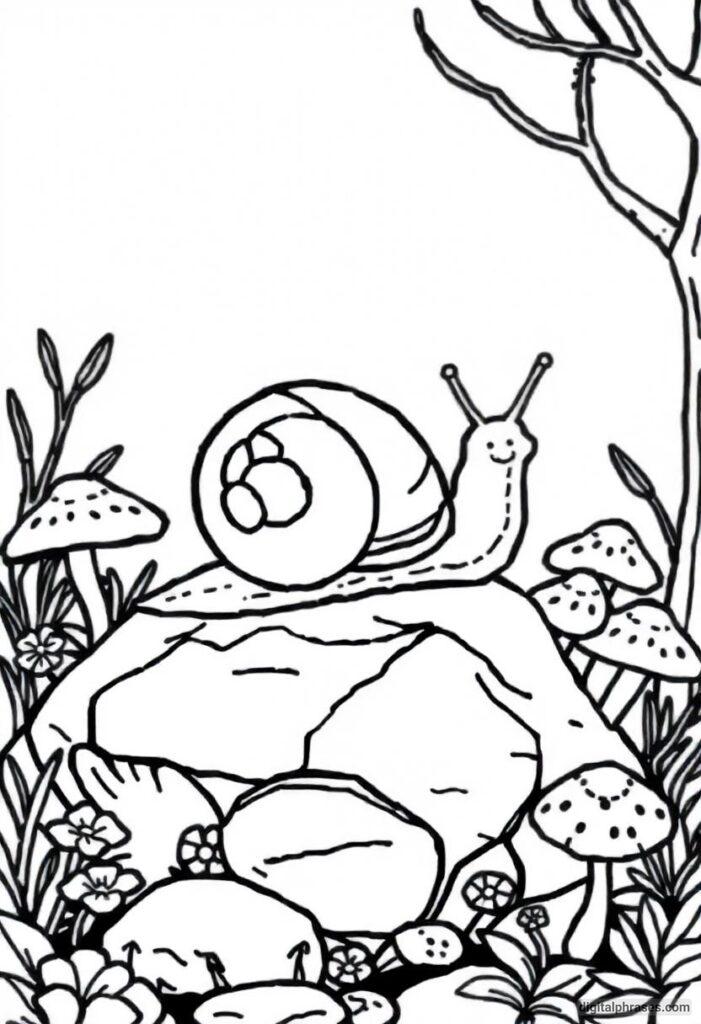
42
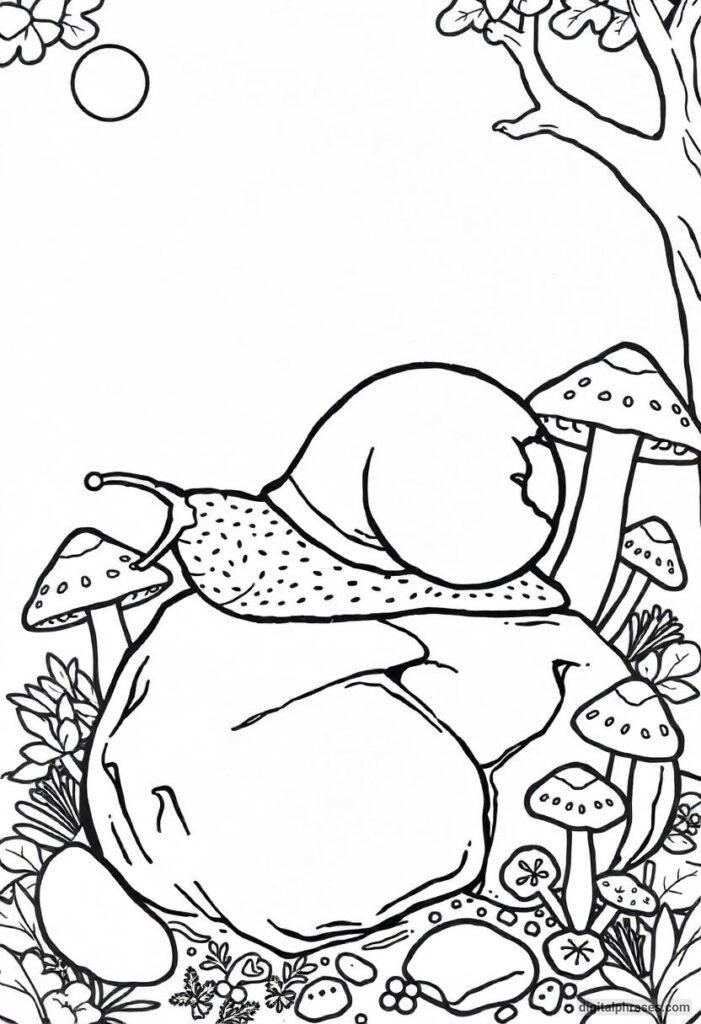
43
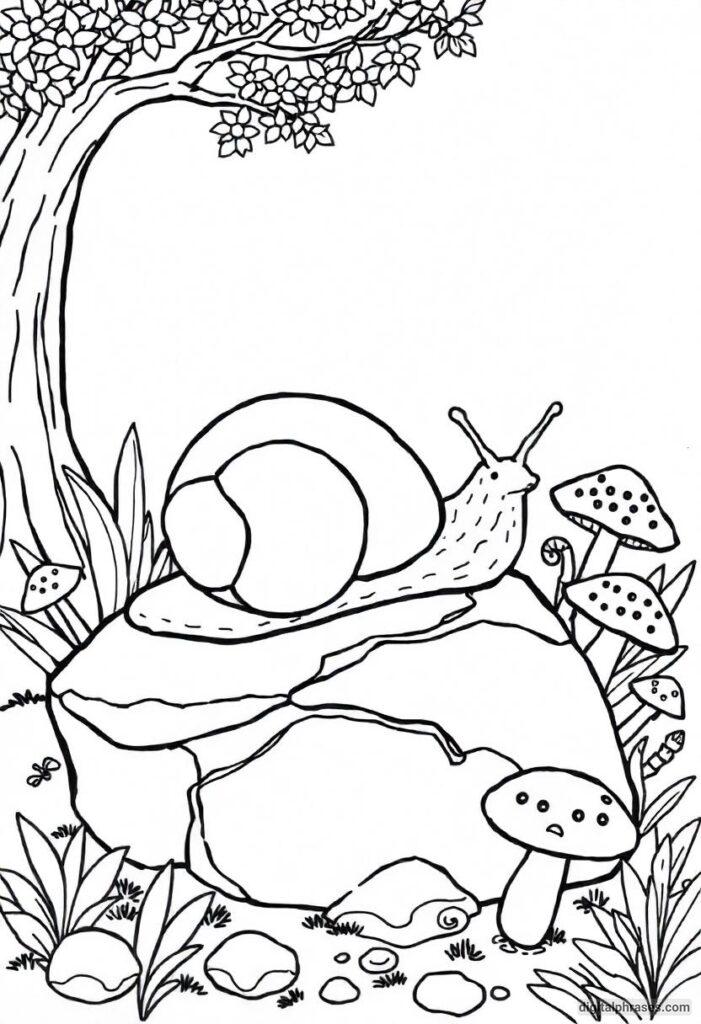
Things to Focus on While Coloring a Snail Coloring Page
1. Understanding the Anatomy of a Snail
Before you start coloring, it’s essential to understand the anatomy of a snail. A typical snail consists of two primary parts: the shell and the body. The shell is usually spiraled and can have a range of patterns, while the body is softer and more flexible, allowing the snail to move. Paying attention to these parts and their textures can help you decide on the appropriate colors and shading techniques.
- Shell: The shell is often the most prominent feature of a snail and can be a focal point in your coloring. It is typically spiral-shaped and can be colored in various patterns or gradients to add depth.
- Body: The body, or the “foot,” of the snail is usually a single color but can be shaded to show the folds and the texture of the snail’s skin. The tentacles, often depicted with eyes at the tips, can also be an area to add detail.
2. Choosing the Right Color Palette
The choice of colors is crucial in setting the mood and tone of your snail coloring page. Depending on whether you want a realistic or whimsical look, your color palette will differ.
- Realistic Palette: If you aim for a realistic depiction, consider natural colors such as browns, greens, and yellows for the shell, and muted tones like grays or beiges for the body. Researching real snails can provide inspiration for accurate color combinations.
- Whimsical Palette: For a more playful or artistic approach, feel free to experiment with bright, bold colors. You can create a fantasy snail with a rainbow shell or use neon colors to make the snail stand out. The body can be colored in complementary or contrasting hues to the shell.
3. Understanding Light Source and Shading
One of the most effective ways to add depth and realism to your coloring is by considering the light source and shading accordingly. Determine where the light is coming from, and shade the snail to reflect that light direction.
- Highlighting: Apply lighter colors or leave parts of the snail’s shell and body lighter where the light would naturally hit. This technique will give the shell a glossy, three-dimensional appearance.
- Shading: Use darker tones for areas that are further away from the light source or where shadows naturally occur, such as under the snail’s body or on the underside of the shell spirals. Gradual shading can create a smooth transition between light and dark areas, adding to the realism.
4. Detailing the Snail’s Shell
The shell of a snail is often the most intricate and eye-catching part of the coloring page. To make it stand out, consider these detailing techniques:
- Patterns and Textures: Snail shells often have natural patterns like stripes or spots. You can enhance these patterns by carefully selecting colors that contrast well. Additionally, you can add your own designs, such as geometric patterns, flowers, or abstract shapes, to make the shell unique.
- Gradients and Blending: To add dimension, try using gradients on the shell. Start with a darker color at the base of the spiral and gradually transition to a lighter shade toward the outer edge. Blending colors smoothly can create a more polished look.
- Adding Highlights: To mimic the natural shine of a shell, use white or a very light color to add highlights along the curved edges. This technique helps in making the shell look more rounded and three-dimensional.
5. Coloring the Snail’s Body
The body of the snail, while often less ornate than the shell, still requires attention to detail to ensure it complements the overall image.
- Texture Representation: Snail bodies are typically soft and moist, so using a smooth shading technique can replicate this texture. Avoid harsh lines unless you’re emphasizing wrinkles or folds.
- Tentacles and Eyes: The tentacles can be a fun area to add a pop of color, especially if the rest of the body is muted. Consider using a slightly different shade or even a metallic color for the eyes to make them stand out.
- Adding Subtle Patterns: While the body is usually a single color, you can introduce subtle patterns, such as small dots or lines, to add interest. This can be especially effective if the shell has a lot of patterns, as it balances the complexity of the image.
6. Background Elements
The background of your snail coloring page can either be simple or detailed, depending on your preference. However, it plays a significant role in framing your snail and enhancing the overall composition.
- Simple Backgrounds: A plain background or a gradient wash of color can make the snail stand out. This approach is particularly effective if the snail itself is highly detailed.
- Environmental Context: For a more immersive scene, consider adding natural elements like grass, leaves, or a flower. These can be colored in earthy tones to complement the snail or in brighter hues to create a vibrant setting.
- Textures and Effects: You can also experiment with background textures, such as a watercolor effect or stippling, to add depth without distracting from the snail.
7. Using Different Coloring Techniques
Different coloring techniques can dramatically alter the final appearance of your snail coloring page. Here are a few methods to consider:
- Colored Pencils: Colored pencils are ideal for detailed work, allowing you to layer colors and blend them smoothly. They are particularly effective for creating gradients on the shell and for adding fine details.
- Markers: Markers provide bold, vibrant colors but can be tricky to blend. They are great for a more graphic look, with solid blocks of color and strong contrasts. To avoid streaks, use markers in small sections and in one direction.
- Watercolors: If your coloring page is printed on the right type of paper, watercolors can add a soft, dreamy quality to the image. This technique works well for creating a natural, organic look, especially for the background or the shell.
- Mixed Media: Don’t hesitate to mix different mediums, such as using markers for bold areas and colored pencils for shading. This approach can give your snail coloring page a dynamic and layered appearance.
8. Paying Attention to Detail
Detailing is what sets apart an ordinary coloring page from an extraordinary one. Here are some tips to help you focus on the details:
- Tiny Patterns: Adding small, intricate patterns on the snail’s shell or body can make the image more engaging. This could be anything from tiny dots to intricate lines or even small themed elements like stars or leaves.
- Texture Variations: Varying the textures within your coloring can add interest. For example, you could make the snail’s shell smooth and glossy while keeping the body matte and textured. This contrast can create a more compelling image.
- Consistent Light Source: Ensure that all parts of the snail and the background are shaded according to the same light source. Consistency in highlights and shadows makes the image look cohesive and realistic.
9. Personalizing Your Snail
Personalization is what makes coloring a truly creative activity. Here are some ideas for making your snail coloring page uniquely yours:
- Custom Patterns: Instead of sticking to natural patterns, invent your own. You could cover the shell in polka dots, stripes, or even a galaxy design. The more imaginative, the better.
- Color Symbolism: Use colors that have personal significance to you. Perhaps the snail’s shell could represent something special, like your favorite season or your birthstone colors.
- Adding a Story: Create a narrative for your snail. Maybe it’s a magical snail with a shell that changes colors based on its mood, or perhaps it’s an explorer traveling through a vibrant garden. This can guide your color choices and make the activity more immersive.
10. The Therapeutic Aspect of Coloring
While focusing on the technical aspects of coloring is important, it’s equally essential to enjoy the process. Coloring has been proven to have therapeutic benefits, such as reducing stress and anxiety, improving focus, and fostering creativity.
- Mindfulness: Engage fully in the coloring process. Notice how the colors blend, the movement of your hand, and the gradual emergence of the finished image. This mindfulness can enhance the calming effects of coloring.
- Creative Expression: Use this time to express yourself without judgment. There are no rules in coloring, and the snail page is your canvas to explore your creativity freely.
- Relaxation: Allow yourself to relax and unwind. Coloring should be a stress-free activity, so don’t worry about perfection. Enjoy the journey of creating something beautiful.
11. Final Touches
Once you’ve completed the primary coloring, step back and look at your work. Sometimes, a few final touches can make a significant difference.
- Outlining: If you used colored pencils, consider lightly outlining the snail or its shell in a slightly darker shade to make it pop. Avoid using black unless you want a more cartoonish look.
- White Highlights: Adding a few white highlights or using a gel pen to add tiny sparkles can bring your snail to life, especially on the shell.
- Blending Edges: Ensure that the transitions between colors are smooth. If needed, go back with a blending pencil or a soft brush to soften any harsh lines.
12. Sharing Your Work
Finally, don’t hesitate to share your completed snail coloring page. Whether with friends, in a coloring group, or on social media, sharing your work can be incredibly rewarding.
- Feedback and Inspiration: Sharing your work allows you to receive feedback and inspire others. It can also be a way to connect with fellow coloring enthusiasts and exchange tips and ideas.
- Portfolio Building: If you enjoy coloring regularly, consider compiling your works into a portfolio. Over time, you’ll be able to see your progress and how your style evolves.

